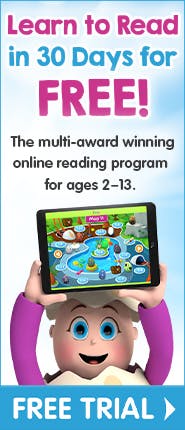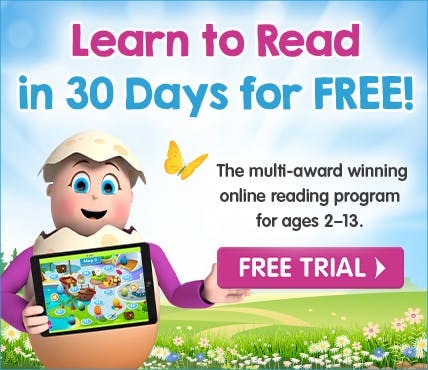


Reading Assessment

Reading assessments can be a useful part a reading program, as long as their aim is to help students become fluent readers who understand what they read. Reading assessments done before a child begins reading have the benefit of placing the child at the appropriate reading level, so that they do not grow frustrated with lessons that are too difficult, or bored by lessons that are too easy. Reading assessments done later along the path of literacy can be used to aid comprehension, even as it assesses it. This helps the child identify his or her strengths, as well as weaknesses.
The most effective reading assessments help children assess what they do understand about a text, as well as what they do not understand. This is all done with the aim of a child becoming a fluent reader. Fluency is not just about being able to pronounce printed words on a page; it’s about understanding the content and context of those words. Educators want children to be able read fluently, which is not just about how fast a child reads, but how they are able to show how much they understand what they are reading, by how they read.
Reading is a complex art—young readers must engage with a text on different levels in order to become adept, fluent readers who understand what they are reading. In order to be able to more fully comprehend what they are reading, students need to understand at the sentence level, the text level, and also at the larger and more over-arching story level. And any effective reading assessment should assess young readers on each of these levels, so that it is apparent to the parent, teacher, and most importantly, the child, just where they stand on their journey to becoming a fluent reader.
Researchers have found that there is no single comprehension strategy that can adequately assess and also build, or rather, grow comprehension in young readers. Instead there are a number of comprehension strategies that work together to improve a child’s ability to read and understand a text. The most effective comprehension strategies help students do these five things:
Know how much they can comprehend
Students need to monitor their own comprehension when they complete activities and reread previously read texts, but which are shown to them in an incomplete format. This encourages students to use their memories and also search the text for meaning (including perhaps the missing meaning). In these activities, students have to understand what they read in order to be able to correctly complete the texts.
Use graphic organizers
At the sentence level, students are regularly asked to recreate sentences that have become muddled—putting them in order to make the text a meaningful and logical. This activity focuses students on the syntactical structure of a sentence and how it is put together to make sense.
Answer questions
At the text level, students need to answer questions about text in order to learn more about what they have read.
Ask questions
Students show that they understand a text not just by being able to answer questions about it, but also to generate questions about the text. Asking questions, such as ‘who’, ‘what’, ‘when’, ‘where’, ‘why’, and ‘how” helps readers get meaning out of a text.
Recognize story structure
Students learn about story structure by completing sequencing activities and being able to reorder stories into their correct order.
Reading Eggs uses all five of the strategies list above as a means of assessing the reading ability of the student but also to provide opportunities for students to be able to assess their own level of reading comprehension.
Reading Eggs begins by offering a reading assessment that places students on a level appropriate to their ability. Later reading assessments help readers know how much they understand. Reading Eggs also offers readers the opportunity to create their own stories. Writing stories within the Reading Eggs Factory helps students learn about the structure of stories, and also shows parents their child’s progress in their understanding of story structure by the stories that the child writes. As the child’s ability improves, the stories improve and develop more depth.
Reading Eggs uses a variety of comprehension strategies that are used both as a means of reading assessment of sorts, as well as a means of encouraging greater comprehension of a text. After every 10 lessons, students complete a 20-question, multiple-choice assessment test which, if they pass, rewards them with a printable certificate with their name, at either a bronze, silver, or gold level, depending on their score. This type of reading assessment rewards students by recognizing their academic accomplishments, which motivates students to continue their work toward becoming better readers.
Testimonials
This program is great. My 5-year-old was struggling with learning to read at school. After a couple of weeks on this program I can see her progress. With her school readers she was memorizing the words; however with Reading Eggs she is actually learning letters/sound combinations and the experience is fun. Today she said to me ‘I want to use the computer every night before I go to bed. Learning is fun!’ Two mornings ago we read four of your little books in bed. It used to be a struggle to read one of her school readers. Thanks again.
- Nicole
Reading Eggs is a comprehensive, well-integrated program, which I have found to be of great help in developing children’s skills and interest in reading. Even the senior students wanted to have a go!
- Lynne Brehaut, Nungurner Primary


